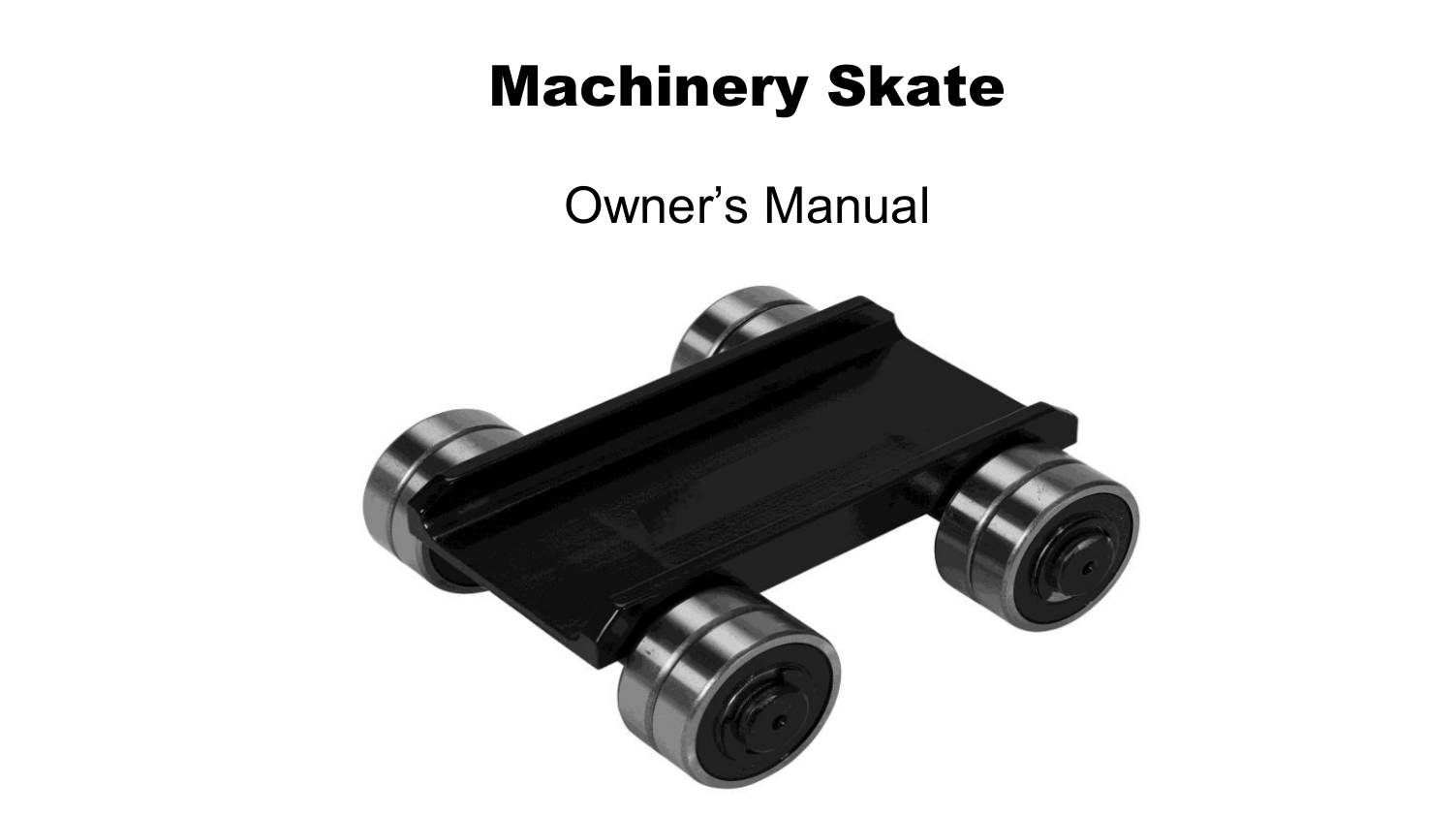Magnetic Hoist Lift System for Efficient Material Handling and Heavy Load Transportation
The Evolution and Significance of Magnetic Hoist Lifts
In the modern era of industrial advancement and mechanization, the demand for efficient and reliable lifting solutions has never been higher. Among these solutions, magnetic hoist lifts have emerged as a revolutionary technology, offering a myriad of benefits over traditional lifting methods. This article delves into the workings, advantages, and applications of magnetic hoist lifts, illustrating their critical role in various industries.
Understanding Magnetic Hoist Lifts
A magnetic hoist lift utilizes powerful electromagnets or permanent magnets to lift and maneuver ferromagnetic materials. Unlike conventional hoists that rely on hooks and chains, magnetic hoists grip materials through magnetic attraction, providing a safer and more efficient method for handling heavy loads. These lifts can be operated electrically, enabling precise control over the lifting and lowering process.
How Magnetic Hoist Lifts Work
The mechanism behind a magnetic hoist lift is relatively straightforward but sophisticated. When activated, an electromagnet generates a magnetic field strong enough to firmly hold ferromagnetic objects. Operators control the lift with a remote or direct controller, enabling them to lift, lower, or move objects with ease. The absence of physical contact such as chains or hooks reduces wear and tear, resulting in a longer lifespan for the equipment.
Key Advantages
Several key advantages make magnetic hoist lifts an attractive option for industries ranging from manufacturing to construction
1. Safety Magnetic hoists significantly minimize the risk of accidents. Since there are no loose hooks or chains, the likelihood of dropped loads is dramatically reduced. Additionally, the grip offered by the magnets ensures that items remain secure during the lifting process.
2. Efficiency The quick attachment and detachment capabilities of magnetic hoists streamline operations, reducing the time and effort needed to move materials. This efficiency can be vital in fast-paced environments where productivity is paramount.
magnetic hoist lift

3. Versatility Magnetic lifts can handle a broad range of materials, including plates, sheets, and containers. This versatility allows companies to utilize these hoists across various operational needs, from lifting heavy steel structures to handling delicate components.
4. Reduced Maintenance Magnetic hoists have fewer moving parts compared to traditional lifting systems, which translates to lower maintenance requirements. The absence of chains and gears minimizes the potential for mechanical failure, making magnetic hoists a reliable choice.
5. Environmentally Friendly Many magnetic hoists are designed to be energy-efficient, further contributing to their appeal in an increasingly eco-conscious world. Some models utilize permanent magnets, which do not require a continuous power supply once activated.
Applications in Various Industries
The versatility of magnetic hoist lifts extends to various sectors. In manufacturing, they are crucial for assembling and disassembling heavy machinery, while in recycling, they facilitate the handling of ferrous metals. The construction industry frequently employs magnetic hoists to lift steel beams and plates efficiently. Moreover, in the automotive industry, these lifts assist in moving car frames and components with precision and safety.
Future Trends
As technology continues to evolve, the future of magnetic hoist lifts appears promising. Innovations such as smart lifting systems integrated with IoT capabilities are on the horizon. These advancements could enable remote monitoring, predictive maintenance, and enhanced user interface systems, thereby elevating efficiency and safety standards further.
Conclusion
In conclusion, magnetic hoist lifts represent a significant advancement in lifting technology, combining power, safety, and efficiency in a single device. Their ability to handle heavy ferromagnetic materials makes them an indispensable tool in various industries, reducing the risk of accidents while enhancing operational efficiency. As research and development in this field continue, magnetic hoists are poised to play an even more vital role in the future of material handling and industrial operations. The evolution of this technology not only reflects the industrial needs of today but also provides a glimpse into a safer and more efficient tomorrow.
-
Unlock Seamless Relocation with Our Heavy Equipment Moving ExpertiseNewsJun.06,2025
-
Unleash Unrivaled Flexibility with Our Adjustable Gantry CraneNewsJun.06,2025
-
Unleash Heavy-Duty Efficiency with Our Industrial Gantry Crane SolutionsNewsJun.06,2025
-
Revolutionize Steel Handling with Our Magnetic Lifter RangeNewsJun.06,2025
-
Master Equipment Mobility with Premium Machinery Mover SolutionsNewsJun.06,2025
-
Elevate Your Material Handling with Magnetic Lifter TechnologyNewsJun.06,2025
-
YS Permanent Lifting Magnets: The Smarter Way to Handle SteelNewsMay.22,2025
